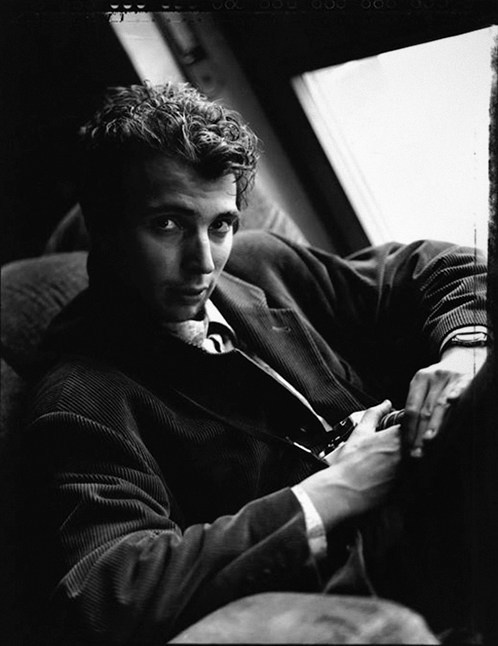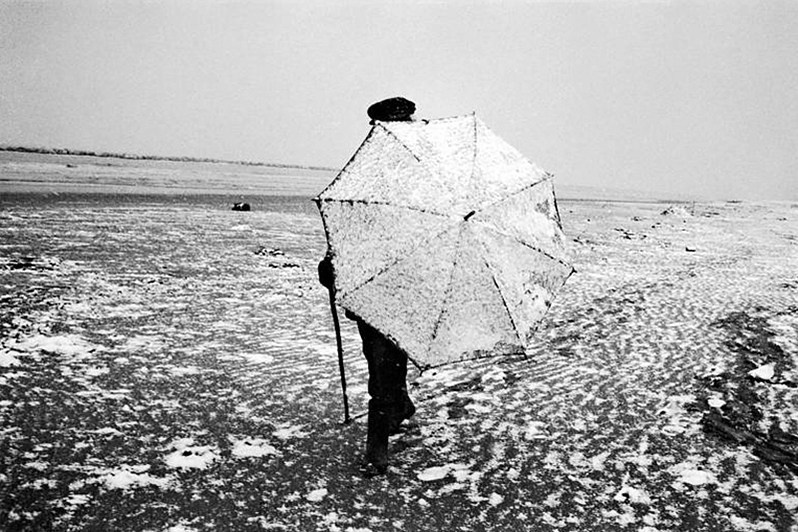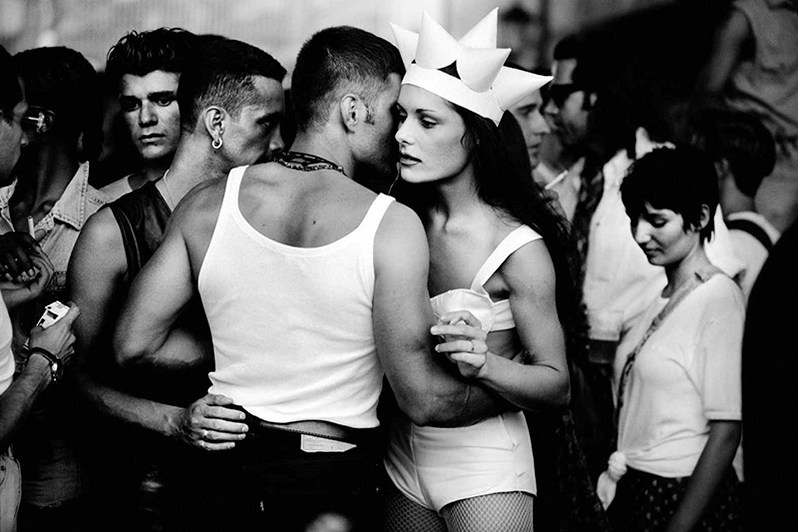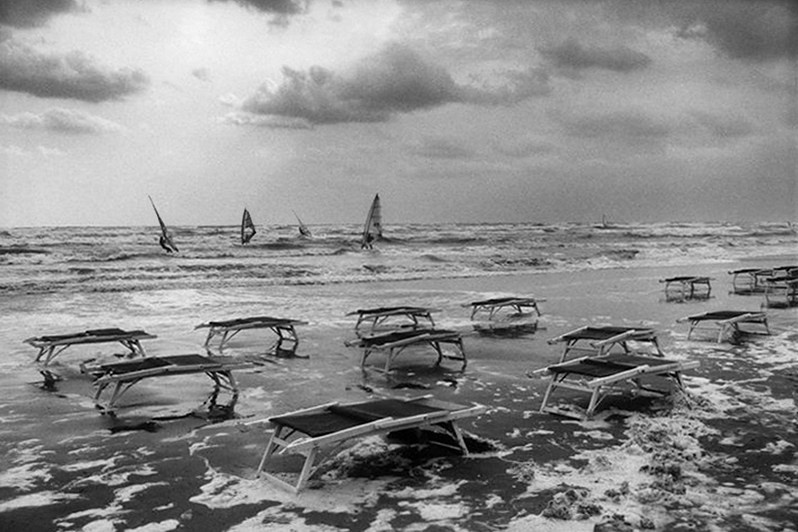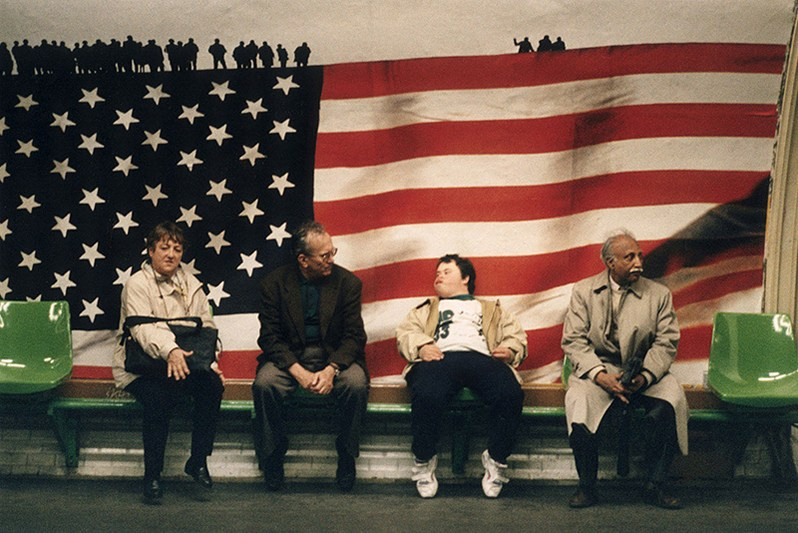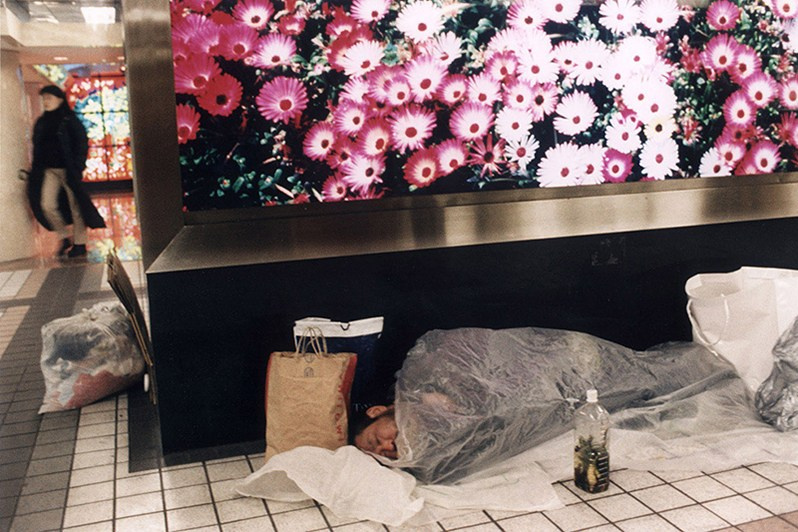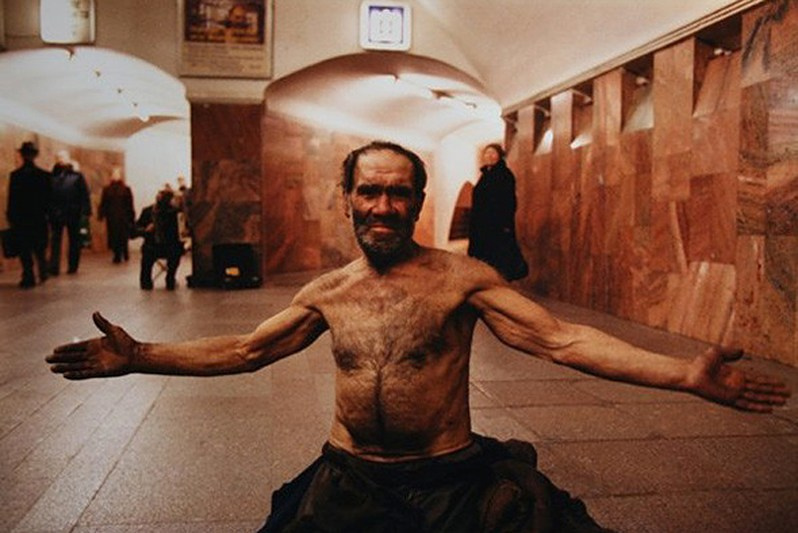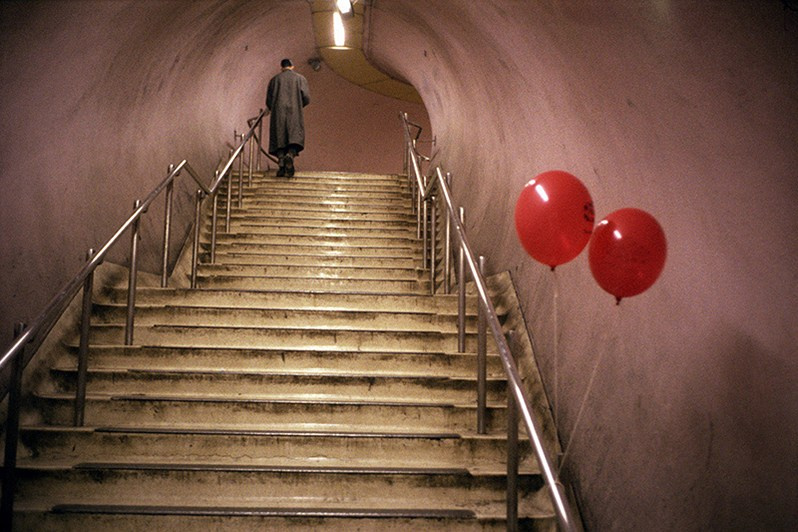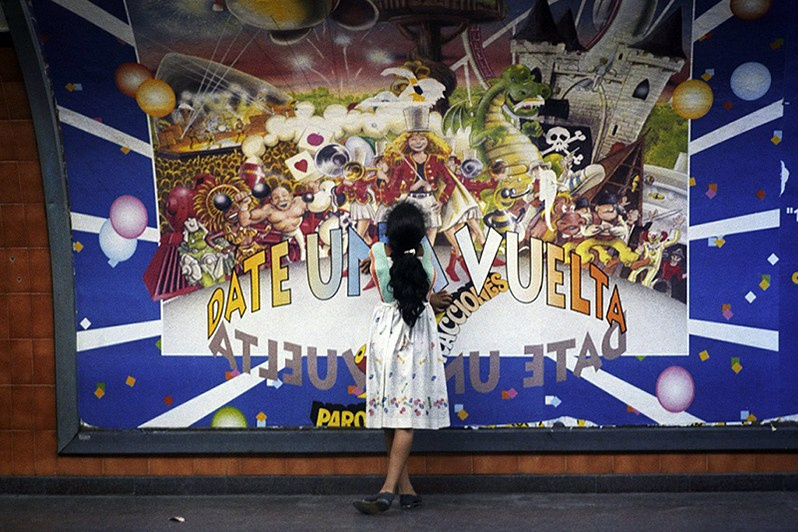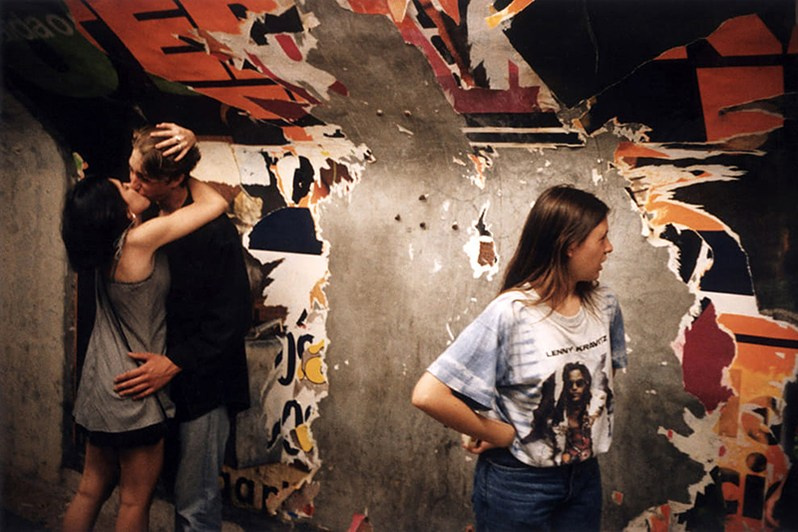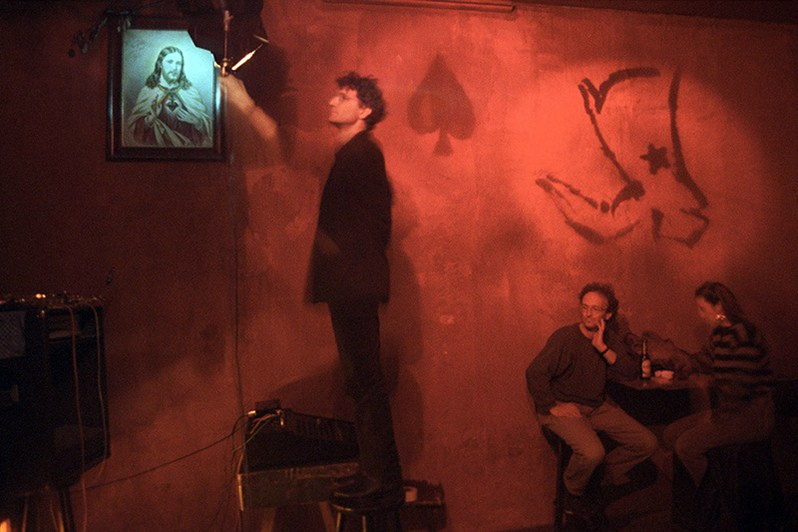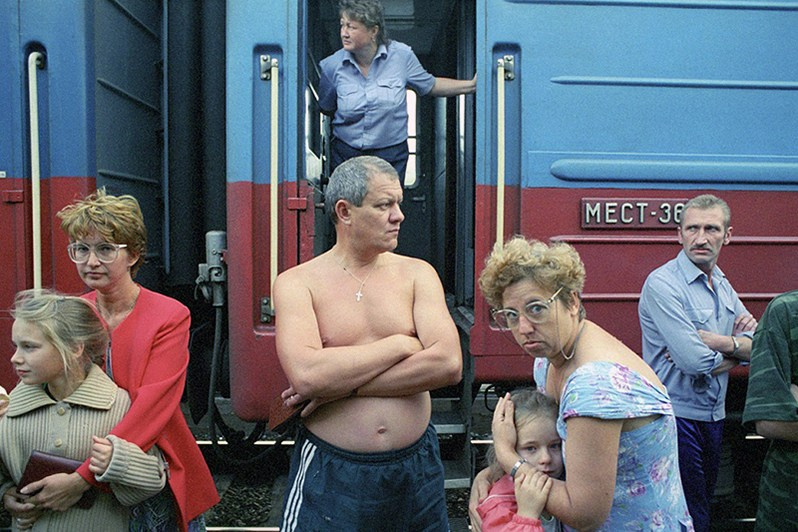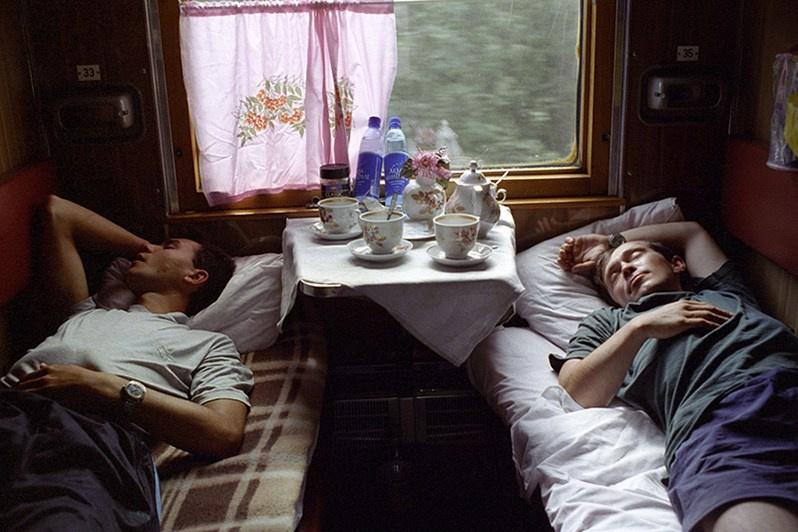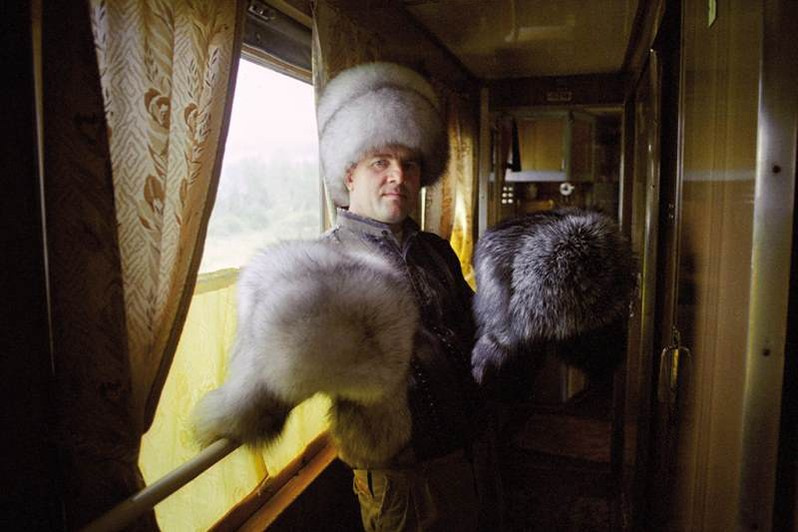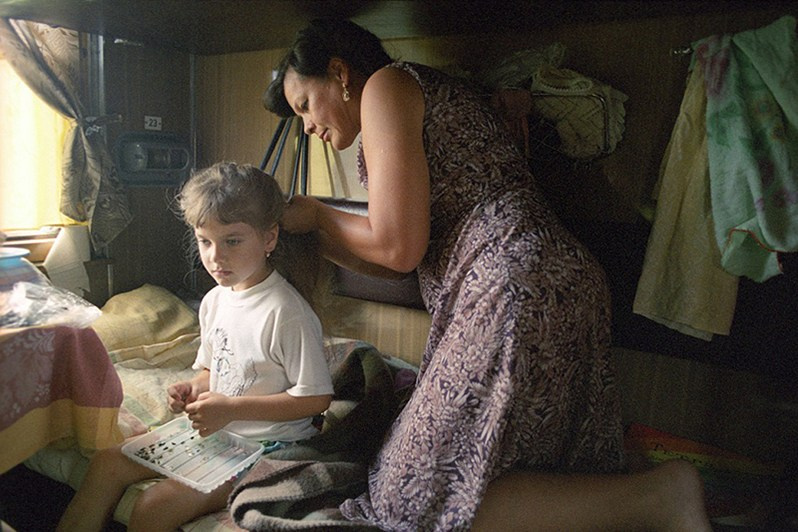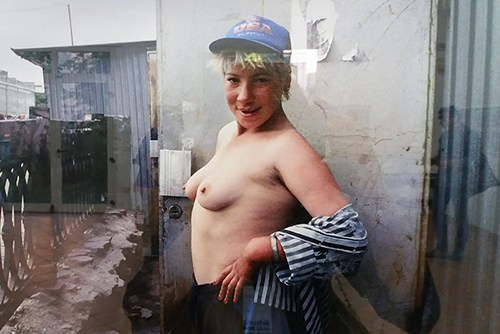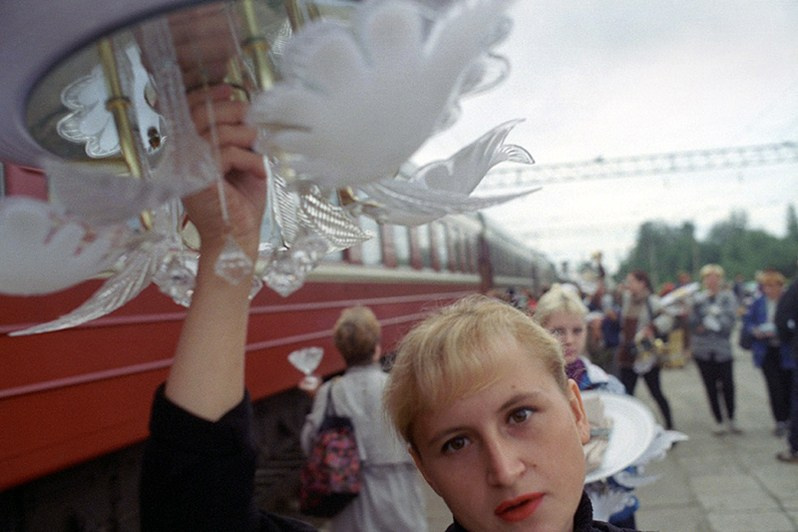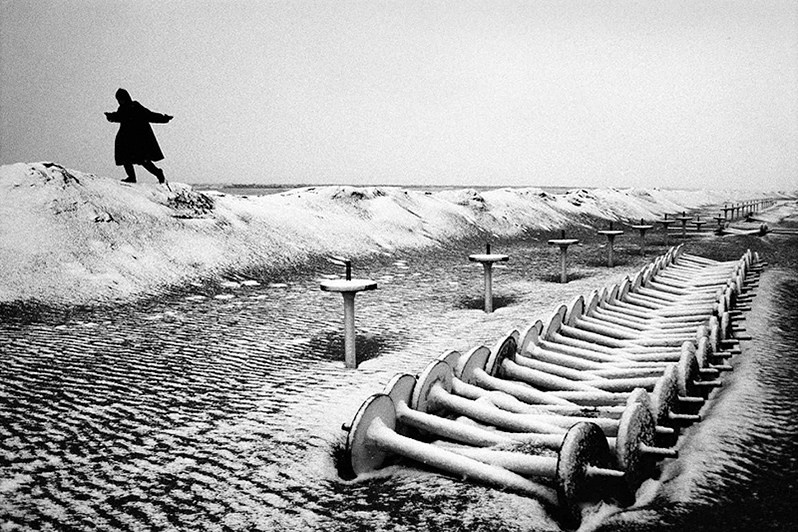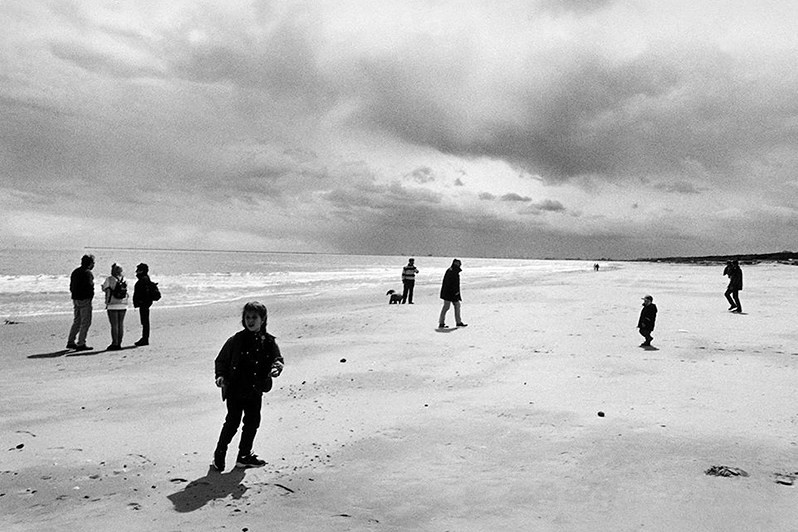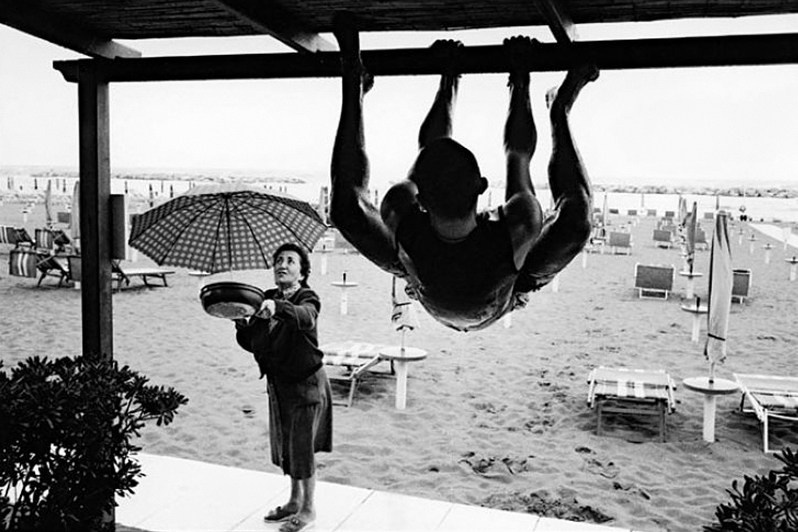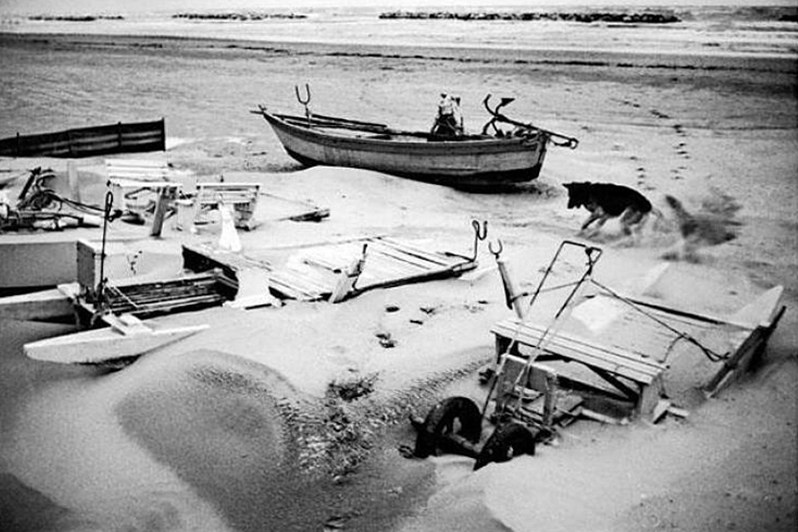Marco Pesaresi
Without photography I would have died a long time ago
Lida Litvinova
O wise ones, the powers of reason given to you,
spare no pains in penetrating the essence.
Dante Alighieri
This is about a young man, the most dazzling Italian photographer of the ‘cursed’ 90s, Marco Pesaresi. He was born in 1964 in Rimini, a resort town on the Adriatic coast, famous for its age-old traditions, vivid emotions, old folk customs reminiscent of mystical rituals. ‘My photography comes from peasant traditions and is accompanied by the poetry of the winter sea. I love this land, I love it with all my heart, I like this land because it changes all the time, nothing stays the same as last year, everything is constantly evolving. Reflecting on this restless existence, I realised that I can love. ’I will love you on the roads of the world', he wrote in his diary, referring to Rimini.
Rimini / Emilia-Romagna region, Italy
After school, Marco takes a course at the Institute of European Design in Milan and begins his professional career as a photojournalist. For a while Pesaresi lives between Milan and Rome, shooting the bottomless world of the night cities, the ‘purgatory’, creating poignant, violent, tender and candid images of its inhabitants. This keeps him working on his reports for months on end. Finally, his photographic talent and tireless labour begin to pay off. In 1990 he joins the Contrasto agency, a collaboration that continues for twenty years. He tackles major social issues in the country and the world: immigration, drugs, marginalisation and prostitution. Marco shoots with the legendary Minox 35 series camera. It’s so small that people on the street just don’t notice it. I can see why Minoxes were favoured by agents and spies.
Rimini / Emilia-Romagna region, Italy
Pesaresi accompanies his photographic reports with handwritten entries in his diaries, filling them with travelling impressions, intense work of the spirit and poetic meanings: ‘My photography takes shape… The more I suffer, the more I struggle to find poetry. The more I feel that I experience disturbing, difficult situations within myself — things that I unfortunately face constantly in my life — the more my gaze softens. And the more calmness the harmony of the images seeks. And sometimes it finds them.’
Rimini / Emilia-Romagna region, Italy
At the age of 26, Marco leaves for London and embarks on an ambitious project to research the world’s subways. The Metropolitan Project took place over two years in New York, Tokyo, Moscow, Calcutta, Milan, Mexico City, Paris, London, Berlin and Madrid. ‘I was engaged and excited by the idea of photographing the differences in the customs and aesthetics of the world’s inhabitants in the bowels of the earth,’ he writes. Pesaresi takes a journey into the heart of human darkness: ‘I spent my days wandering from station to station, from west to east and vice versa. I was attracted by people with sharp facial features, the bright colours of metal structures and the new flavour of history.’
Marco follows Dante as he descends into the underworld in search of his ‘centre of the Earth’. Pesaresi is described as a ‘man without skin’, a man ‘with knives in his eyes’. The photographer’s gaze passes through his sensitive nature through the movement of continents and human masses, stopping only where it finds its revelation. About two years lived underground, endless hours, staring like mirrors into the faces of people, mostly outcasts, marginalised, disfigured and desperate.
Marco’s mum, Isa Perracini, says that the Moscow metro struck him with its beauty, especially the chandeliers. However, in Moscow he was disorientated, unable to understand the inscriptions in Cyrillic and frightened by the enormity of the city. In Tokyo, it was even worse. He was angry at not being able to get around without understanding the language. In Calcutta he got an intestinal infection, suffered from the heat and the endless crowds. It was only in New York that he finally filmed with pleasure, because he found the stations coming to the surface. It was no longer the underside of the world. Besides, it was snowing… A swirling, dynamic rhythm, shifting images, vivid colours and Marco, in the very body of his photography, invisible and seeing — these are his ten stories of the world’s subways, which brought him fame and glory, a heavy burden of bitter experience and unrelenting anguish. Published in 1998 in the USA by Aperture and in Italy by Contrasto, with an introduction by Francis Ford Coppola, Underground is a testament to the success and value of this work.
His photographs are now regularly published in leading international publications such as Panorama, Espresso, Geo, El País, Sette, The Independent, The Observer and others. He has exhibited in Arles, as part of the International Exhibition of Photography, and in Perpignan, in 1996 at the Visa pour l’Image festival. His Underground exhibition has travelled to many European cities. In 1994, he won the Shadow Line prize.
After ‘Underground’, Marco doesn’t stop, frantic and involved in an endless journey where photography becomes art. The result of many trips is the project ‘Megamarkets’, created between Japan, the United States and Russia, reflecting the new consumer habits of these major countries.
In 1999, the Transsib report realised — one of his last works, one of his happiest. ‘It is wonderful to meet such different and close people at the same time. I will not forget this trip at all’, — so he will say, having overcome more than 9 thousand kilometres in the train “Moscow-Vladivostok”. In the ‘Russian’ notebooks dedicated to the Trans-Siberian, Pesaresi writes in sharp, jerky phrases, in the uneven handwriting of a man whose intention is predetermined and must be fulfilled at any cost. ‘I don’t want to read, I wish to immerse myself entirely in the journey, ’ he writes on the first page. ‘I must photograph sensibly, I can’t go anywhere. I have to pull myself together, don’t relax.’ Embedded in the notebook is a postcard addressed to him by someone unknown. It reads in Cyrillic: ‘That man you love in me is certainly better than me, I am not. But you love, and I will try to be better than myself.’ And as a result, a series of colour photographs that became a book, IL TEMPO DI UN VIAGGIO il libro (The Time of the Journey), which tells more about the collapse of a huge country than hundreds of scholarly books. It is as if Pesaresi does not take photographs, he seems to freeze for a split second in an attempt to capture the gut of a man caught up in the flow of time, when he forgets himself. A girl with a chandelier over her head, a confused blond boy with a fish on the platform, a seller of fur hats who looks like a character from the Napoleonic wars, an eerie poverty hiding its eyes, pressing people against each other in search of warmth and protection, the licentiousness and viciousness of destruction and decay, a man with a tattooed eagle, a girl who bare her breasts in the station square. Marco is not concerned with history or politics, but with man himself, with his torment, ugliness, nostalgia and silence.
Two years later, on 22 December 2001, Marco Pesaresi would commit suicide by drowning at sea in the port of Rimini in his car. A week before the wedding of his beloved sister. And four months later, he planned to realise a big photographic tour of the world’s airports. If the desert sky is scaled up in size…
The rising star of Italian new wave photography passes away at the age of 37. A terrible, irreparable loss. But what remains are his poetic diaries, his photography, his intimate conversation with the viewer: a passionate, boundary-less conversation about love, about redemption, about becoming better than ourselves.
Rimini / Emilia-Romagna region, Italy
In 2003, a black and white reportage of Rimini, Pesaresi’s latest work, would become a book and an exhibition. ‘Rimini’ Marco called “a book of the heart”. In this book, his photography is transformed, accents shift, allegories manifest themselves. Man ceases to be the central subject of the photograph, he becomes an integral part of the elements, be it the sea, the sky or the gusting wind. Pesaresi moves away from colour, his pictures are graphic, almost transparent. The vertical figures of people walking on the shore seem to grow out of the ground like statues. A man running along the embankment with his arms outstretched towards the wind turns into a bird before our eyes. A boy hanging from a tourniquet in a curved broken line and the sculpted figure of his mother standing next to him. Marco has managed to melt the millennial world into the sand dunes and seascapes of his beloved homeland. He has finally returned home from the long journey that his life in photography has been.
‘It happens that my eyes, my essence, get excited by the unpredictability, the sweetness of the moment and the experience. If all these conditions manifest themselves in the frame, that’s the moment of truth. And you stop it. I decided to become a photographer because… I don’t even know. I found photography in myself’ (Marco Pesaresi).
Rimini / Emilia-Romagna region, Italy
The photographer’s archive was donated by his mother Isa Perazzini to Savignano sul Rubicone, in the premises of Palazzo Vandemini, with the aim of preserving, cataloguing and improving it over time. The archive contains more than 55,000 documents, including negatives, contact sheets, prints, slides, photographs.
Lida Litvinova 2020

